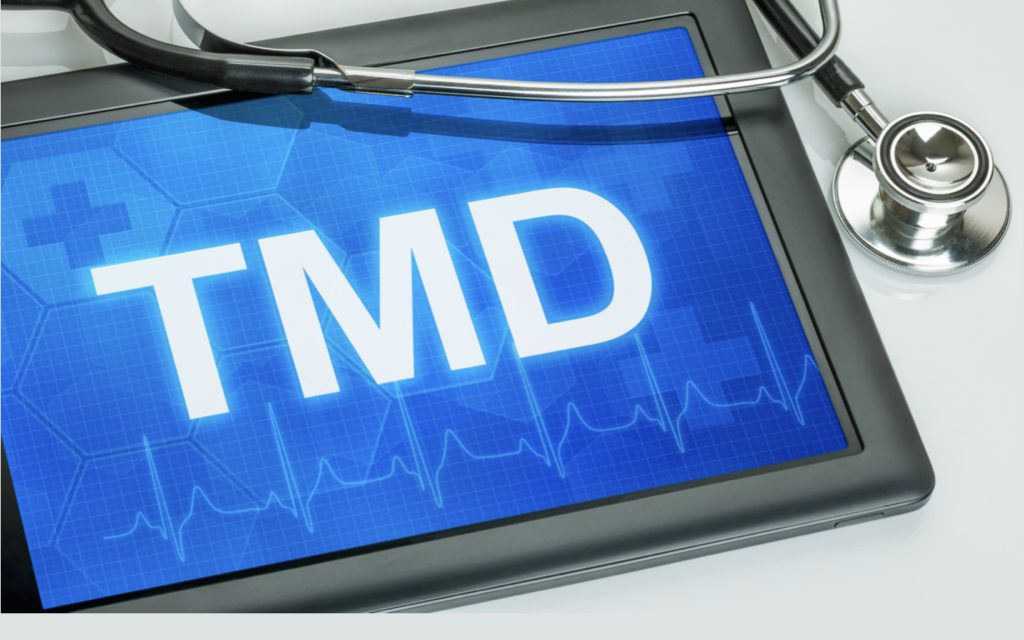Temporo-mandibular disorder – How to begin treatment
Patients undergoing Temporo-mandibular disorder (TMD) treatment should recognize that a first stage (Phase I) of their treatment involves joint stabilization. Phase I focuses on establishing muscle, joint and occlusal (bite) stability which leads to pain resolution. This usually involves an appliance, known as an orthotic, which is custom-made for the patient in the exact physiologic optimal 3 dimensional position for their mandible to be stabilized.
Physiologic rest
A healthy jaw is free of signs, symptoms, and concerns and functions easily while being able to ‘rest’ and recover. Maintaining a “physiologic” resting state is key to staying in balance and free from pain, deterioration, strain, degeneration, and many other symptoms of Temporo-Mandibular Dysfunction. This physiologic rest is that position where all the masticatory muscles including all antagonistic muscle groups (elevators, depressors) are all in the state of minimal electrical activity in order to maintain postural rest.
Physiologic rest position
Physiologic Rest Position can be captured and duplicated and serves as the reference point for all diagnostic and treatment procedures involving the restoration of the occlusal position in a TMD patient. The rest position can also be measured and, when combined with low-frequency TENS, it helps clinicians find the ideal bite where the mandible can function and allow the jaw joint to heal.
Resting muscle activity is considered healthy and “normal” when muscles show microVolt readings of 2.0 mV +/- 5% at rest. Resting activity above these values is considered pathologic and unhealthy and can lead to symptoms.
Long-Term treatment solutions
Once the patient is comfortable and stable, phase II of TMD treatment can begin. This phase is focused on cosmetics and finalizing the teeth, joints, and muscles in the relationship established in phase I. This stage is recommended in order to obtain a more final solution and a stable bite and a consultation appointment to discuss the various treatment options for Phase II will be set up at the end of the successful completion of Phase I Stabilization Therapy.
– Written by Dr. Agatha Bis




